Tesla Model Y vs. BYD Sealion 7 vs. Volkswagen ID. 4 electric car test
It’s no secret Elon Musk’s Tesla has been in free fall for several months but can it bounce back in Australia?
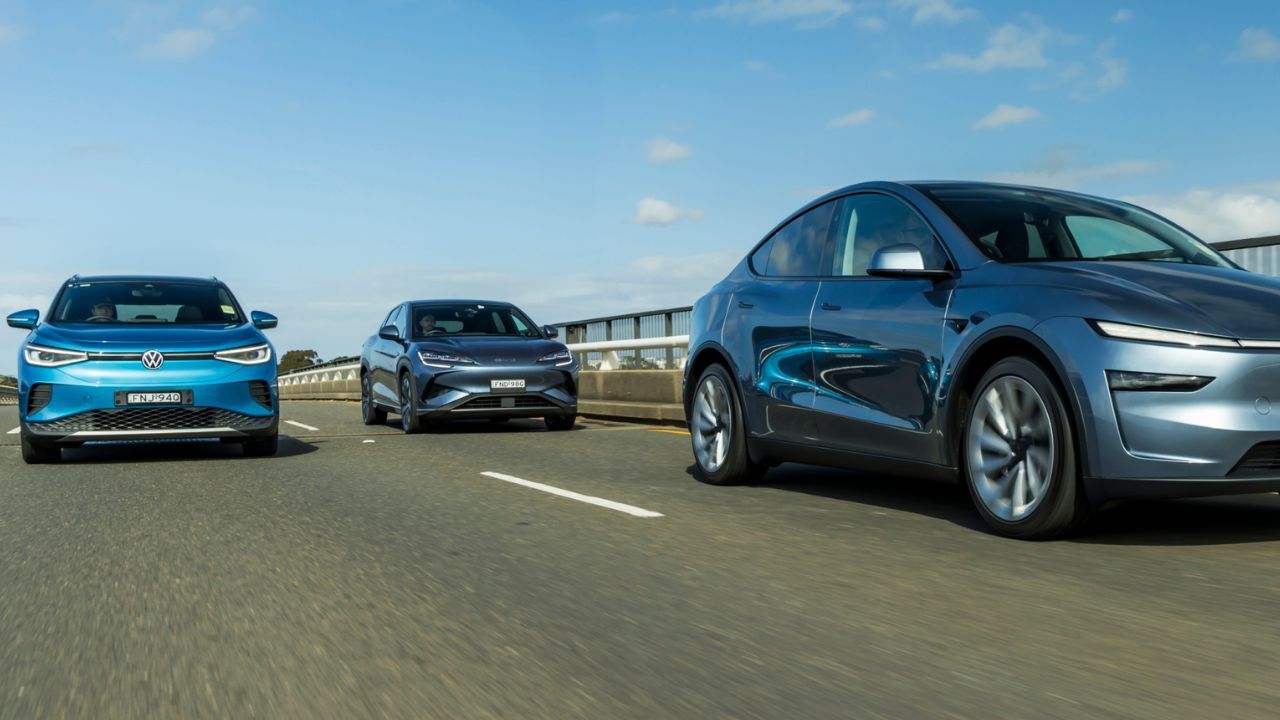
The Tesla Model Y used to be the only answer.
A handful of years ago, the midsize electric SUV segment had one option for those shopping with a realistic budget.
As recently as 2024, the Model Y was the world’s best-selling vehicle – and it’s just been updated. But in 2025 there are dozens of rivals to the stalwart model for similar money or less.
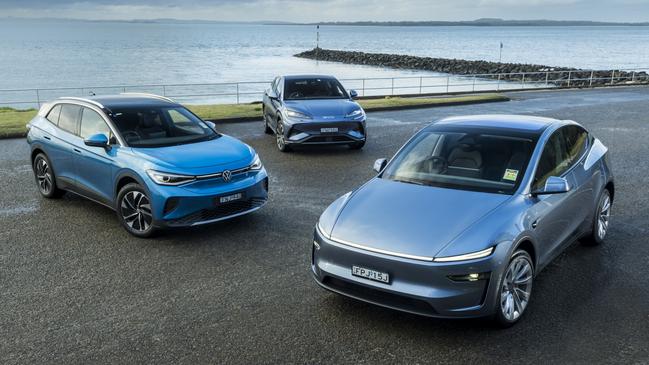
One is the new BYD Sealion 7, which offers lavish standard equipment, eye-catching styling and immense performance. This thing has all the bling.
Then there’s the Volkswagen ID. 4, which is late to arrive in Australia after launching in Europe years ago. But we’re getting the sweetest version of it yet.
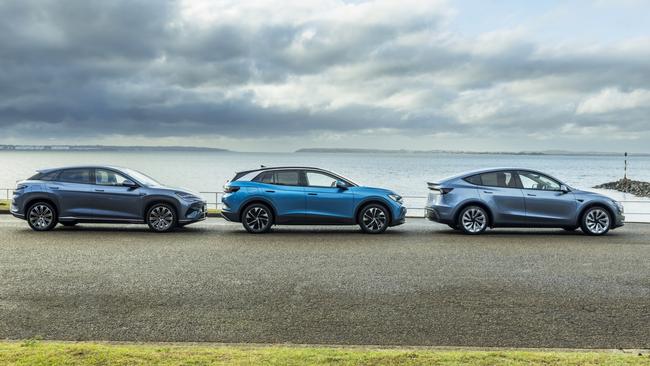
These models each have similar playbooks when it comes to big glass roofs, large touchscreens, peculiar controls and battery tech that offers – in theory – roadtrip-friendly cruising range. But which is best?
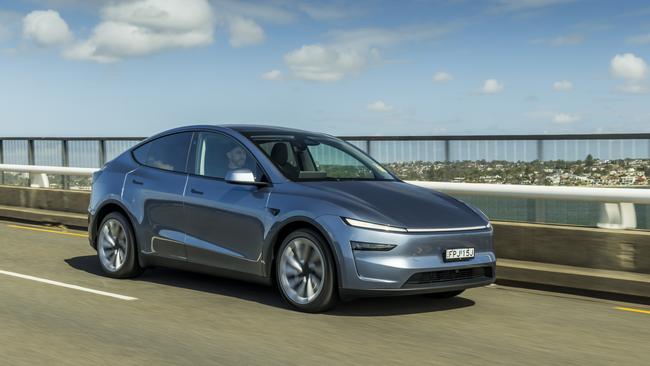
Tesla Model
The new-look Model Y has seen some inspiring design changes, with a Cybertruck-aping LED light bar at the front, and a new recessed reflective LED bar at the rear. It is a tidier, more modern design than before.
This one is the Long Range AWD, which is usually about $75,500 drive-away, but the Glacier Blue paint ($2300) and 20-inch Helix rims with Michelin Pilot Sport EV rubber ($2400) pushes the ask towards $80K. A cheaper RWD is due soon (from about $64K d/a).
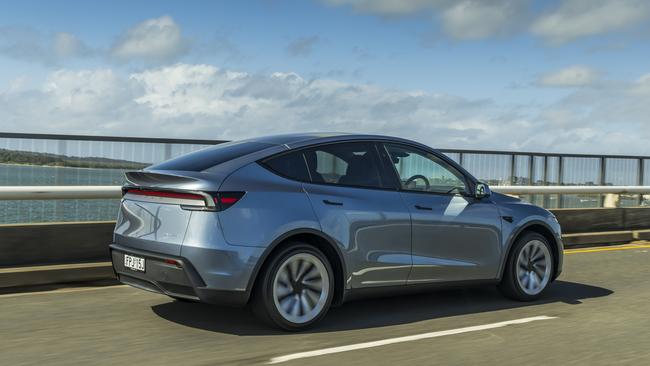
You still need to pay extra for charging cables ($550).
There’s no spare or a tyre repair kit, either.
This spec of Model Y gets you a dual-motor setup with a huge 378kW of power, and a sizeable 81kWh NMC battery capable of offering a claimed 551km of EV driving range.
There’s a faster one coming later, but with a 0-100km/h claim of 4.8 seconds, this is no slouch. It hauls, and heaps on the speed. It has ultra direct steering that is video game-like – ie, not very real feeling.
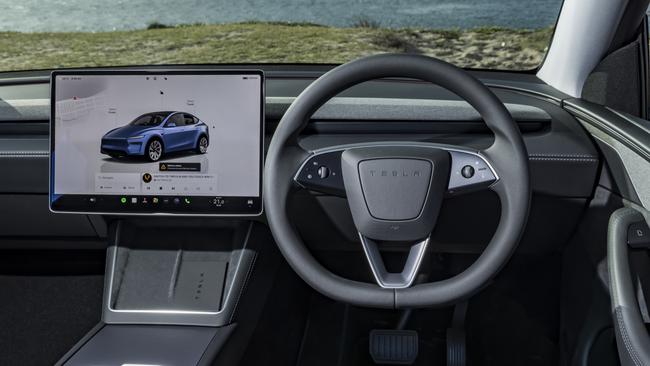
And it has a big turning circle, too. But it rides decently, with suspension that is nowhere near as sharp or clumsy as the last version, and good body control. It’s pretty easy to get along with … mostly. You just need to relearn the way you interact with a car’s controls. Open the glovebox using the screen, adjust your steering wheel and mirrors on there too. And that screen is the control centre for everything, and will take learning.
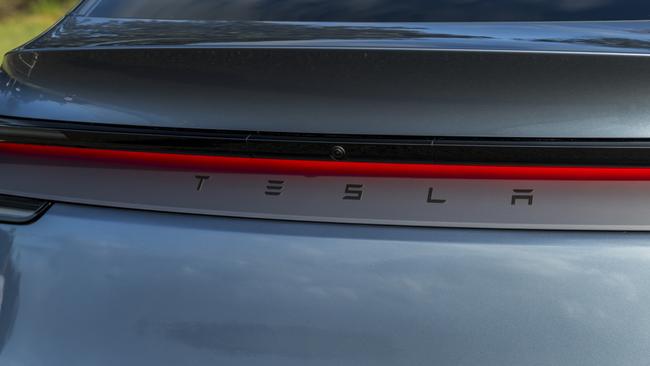
It’s the hardest to see out of, with thick pillars, a small hatch window, and no rear wiper. There’s a good camera system with Sentry mode and dashcam tech, though.
Tesla’s, er, trump card is the smartphone app. Quick views of data, speedy adjustments to controls, and it can turn your phone into a key, too. Nice.
Its stumbling block could be warranty, at four years/80,000km for the car. Longer for the battery, though (eight years/192,000km).
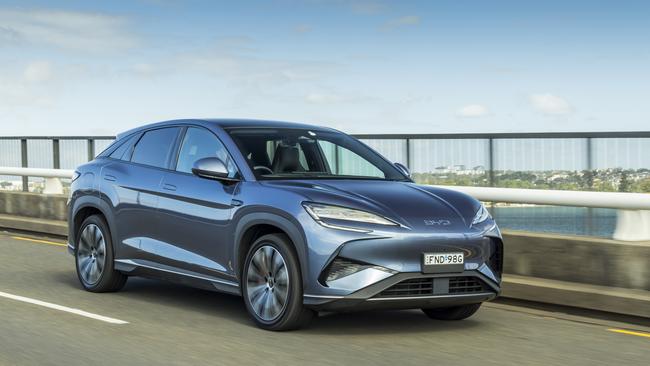
BYD Sealion 7
The Sealion 7 comes in two grades, and this is the flagship Performance, which costs about $68K drive-away. That includes 20-inch wheels, but the optional paint is $1500 more.
It has dual-motor AWD too, with a huge 390kW and 690Nm, and a 0-100km/h time of just 4.5 seconds.
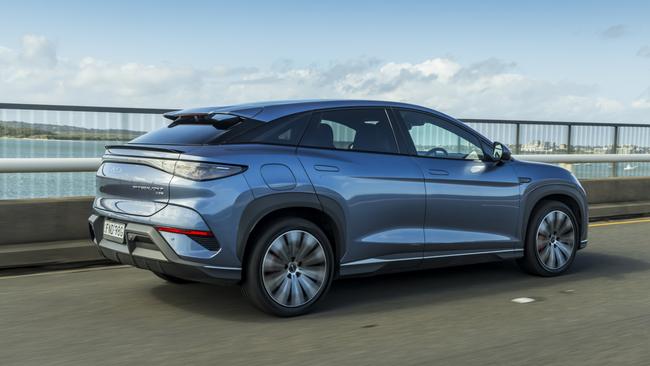
It has an 81.5kWh LFP battery, which isn’t as efficient as the others, meaning it has less usable range (456km claimed) and is actually pretty thirsty in normal driving.
It’s the most disappointing in terms of dynamics, with a wobbly body in bends, and steering that isn’t engaging. But in daily drudgery, it’s comfortable and easy going.
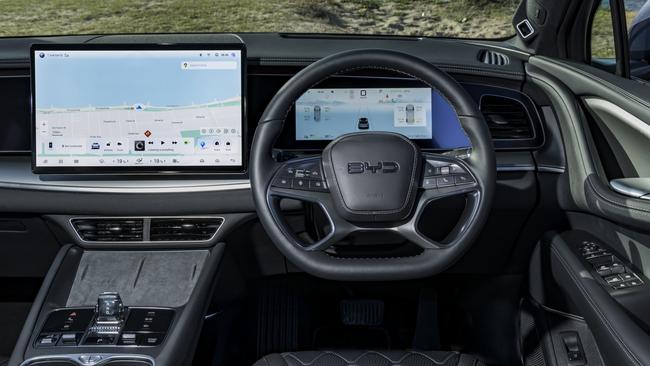
Inside you’re getting a tech-laden cabin with heaps of bling, comfy seats that are heated and cooled like the Tesla, and it also has NFC card, a phone/watch based digital key, or a physical key. The pop-out door handles are a bit slow.
It has the most back-seat space of these three, and feels set up for comfort. There are rear outboard heated seats, but it doesn’t get a screen in the back like the Tesla.
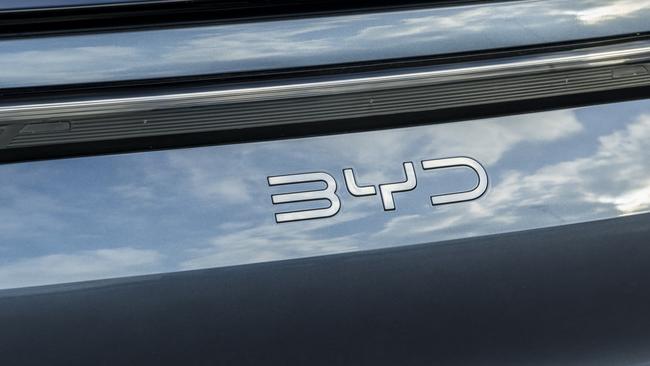
It also has a heap less storage than the Tesla, with a narrower boot area, and a small frunk. You get a Mode 2 charging cable included, and it has vehicle-to-load capability.
BYD now has a six-year/150,000km bumper-to-bumper one, with eight years/160,000km battery warranty.
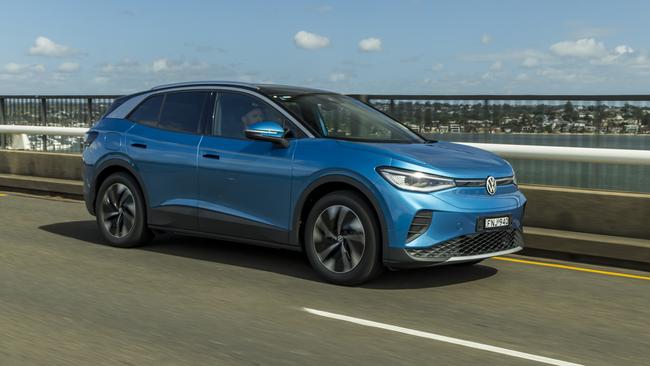
Volkswagen ID. 4
We had the cheaper ID. 4 Pro at about $65,000 drive-away. It’s a single-motor RWD model with a comparatively modest 210kW/545Nm, but still sprints to 100 in 6.7sec.
There’s an AWD model coming, or you could choose the swoopier, power-packing AWD ID. 5 GTX, a closer rival to the others tested here (but costs about $13K more).
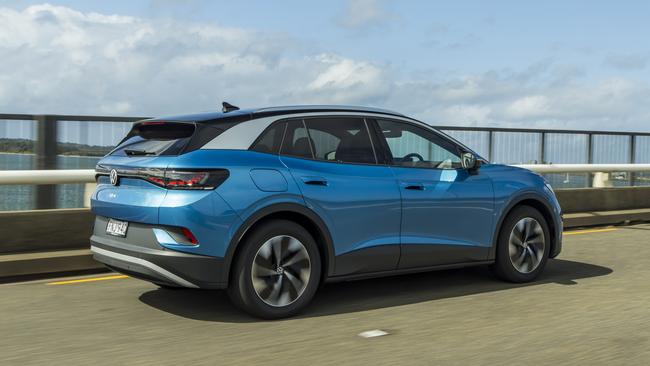
Either way, the VW drives like a VW. That’s a good thing, because it’s a sweetheart. It is a smoother, more comfortable, mature and sophisticated feeling from the driver’s seat. The steering is predictably normal and it has a tiny turning circle, and the suspension has 15-stage adjustability so you can set it how you like.
The powertrain mightn’t have the same grunt as the others but it’s perky enough and the rear-drive dynamic is more enjoyable generally. It is also impressively efficient, bettering its rivals in this test – in part due to its lighter weight and excellent regen braking mode. But in hard driving, it felt a little under-braked.
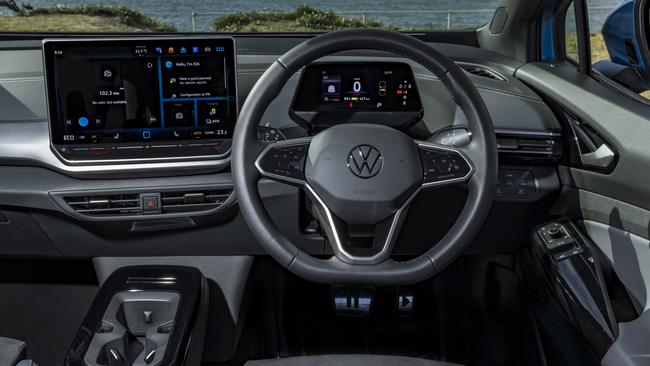
Inside it’s simpler but has some elegance with uber-comfy massaging microsuede front seats. No ventilation though, and no rear seat heating either. All have a steering wheel heater, which is annoyingly easy to bump in the VW (and so is the rear window control ‘button’).
It is the smallest overall and the tightest in the back seat, but has a bigger boot than the BYD (543L vs. 500L), but has no frunk.
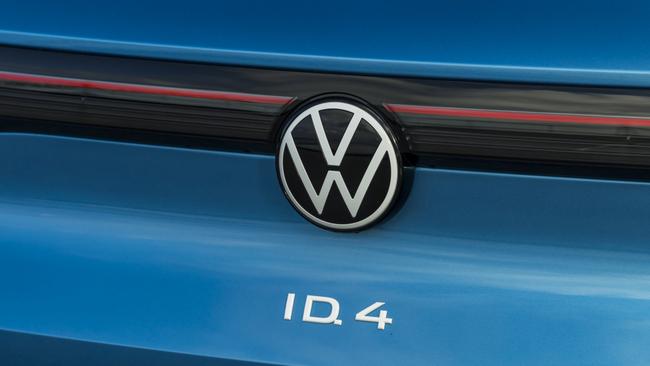
It has an app to connect to monitor stuff in the car, but doesn’t have digital key access or controllability from your phone … that’s stuff you can’t live without if you have already had a vehicle with excellent connectivity.
VW has the biggest and most established network of these brands, and has a five-year/unlimited km warranty. Battery warranty is eight years/160,000km.
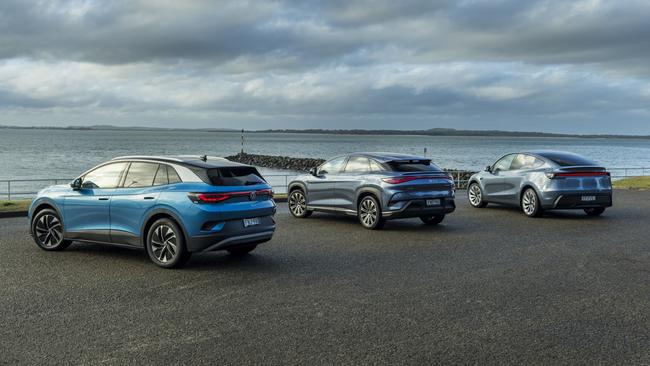
Verdict
So, which is the right choice?
The BYD Sealion 7 is a corker if you just want as much stuff as you can get for the money you spend. It isn’t as fun to drive in corners, and it isn’t as efficient as it should be. But it’s comfy around town, and has a heap of space for families with big kids – and for most people, the Performance model won’t be a necessary $10K step up.

There is no doubt that the Volkswagen ID. 4 is the pick for those who want an EV that drives more like a car than an electric appliance. It’s easily the most agreeable drive in a conventional sense, and its smaller footprint could help it fit into your life better than the others. But it falls behind on smartphone tech and standard spec, even if you spend up to the ID.5.
The winner here, though, is the Tesla Model Y. The updated version is the most practical of these three, has the most comprehensive “job done” feel about it, and while the drive experience won’t be to all tastes, it is the most convincing package of these three. The more affordable Single Motor version due soon could be an even better bet.
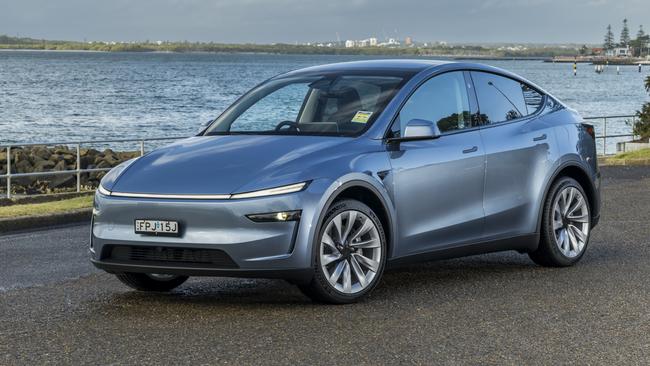



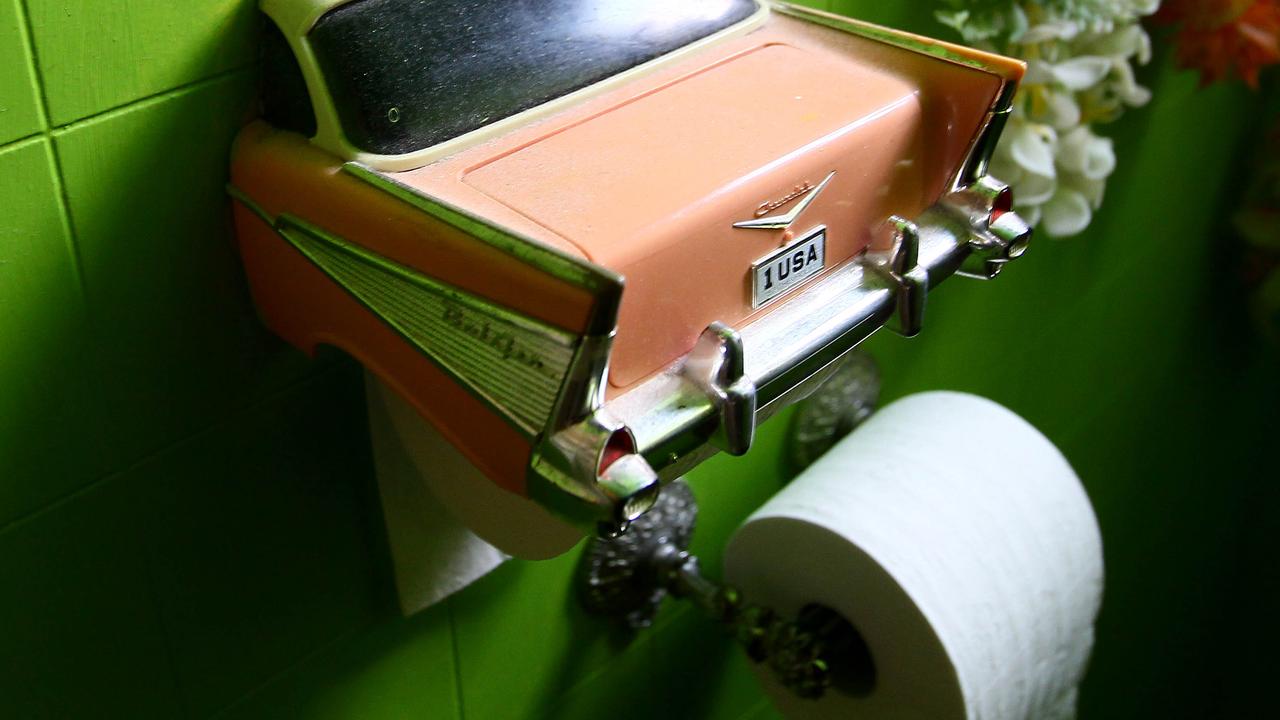
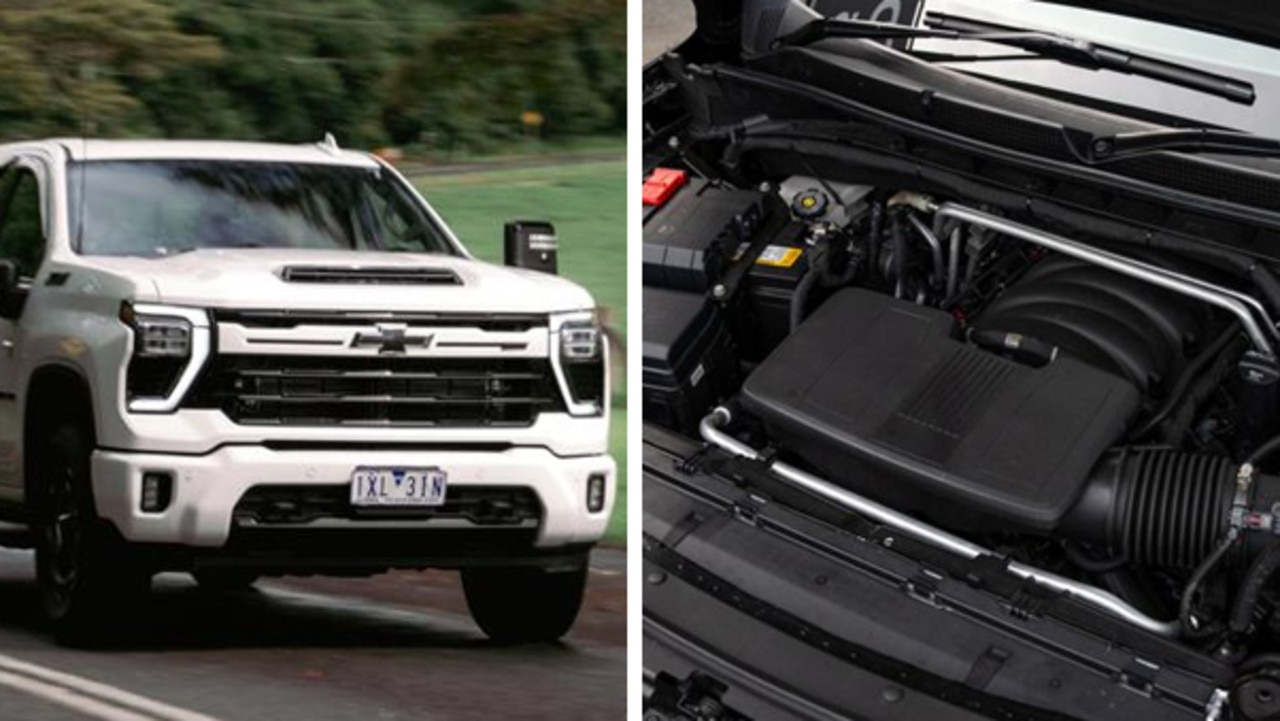
To join the conversation, please log in. Don't have an account? Register
Join the conversation, you are commenting as Logout